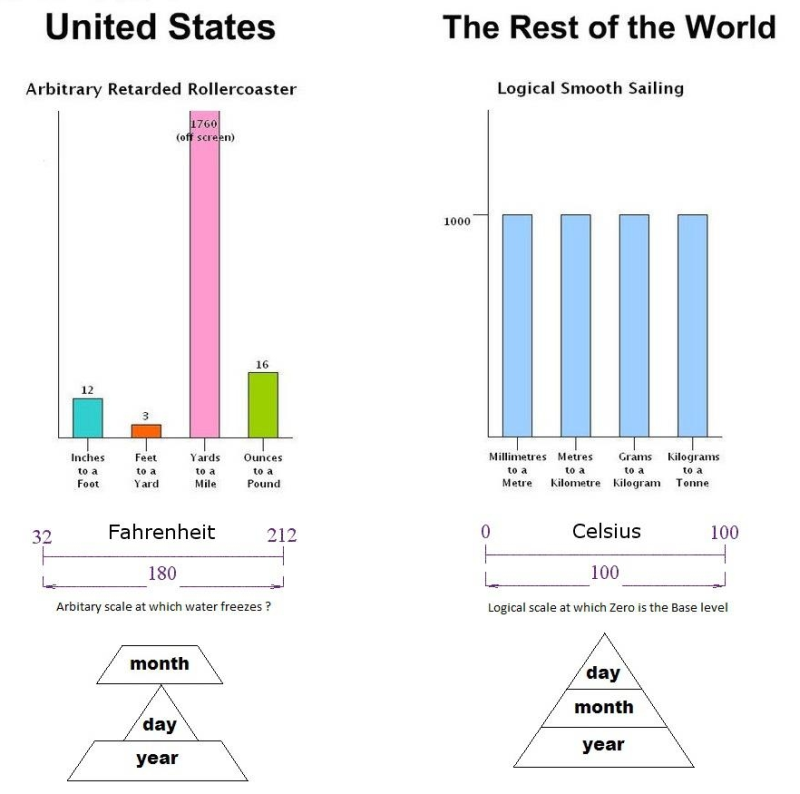Ok, but year-month-day (ISO 8601 or RFC 3339) is the only correct way to write dates. The two date formats in this image both suck (and even more so because people often can't tell which one you're using).
Eg, 2023-06-30, or with a time and timezone, 2023-06-30T09:54:45-0400.
